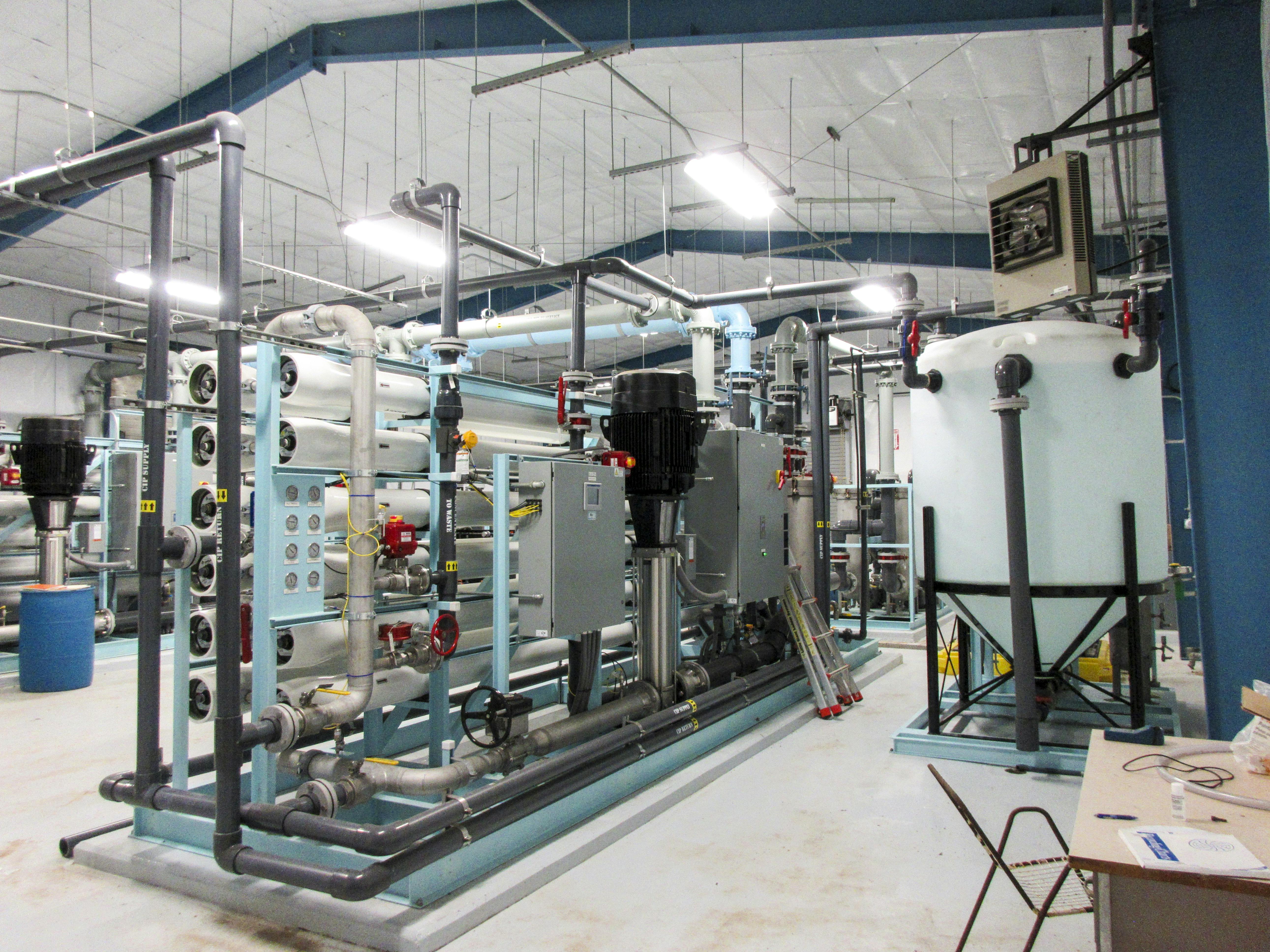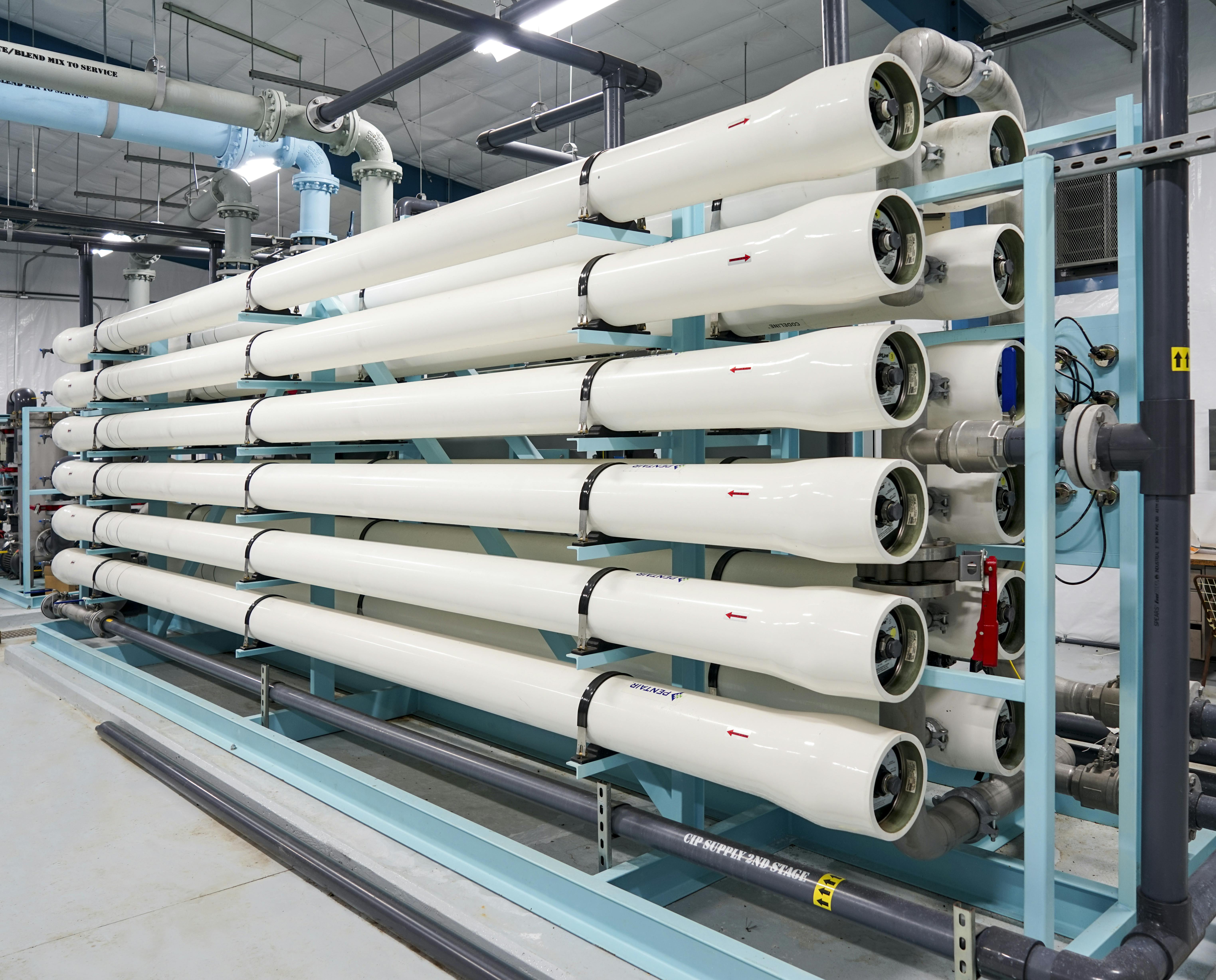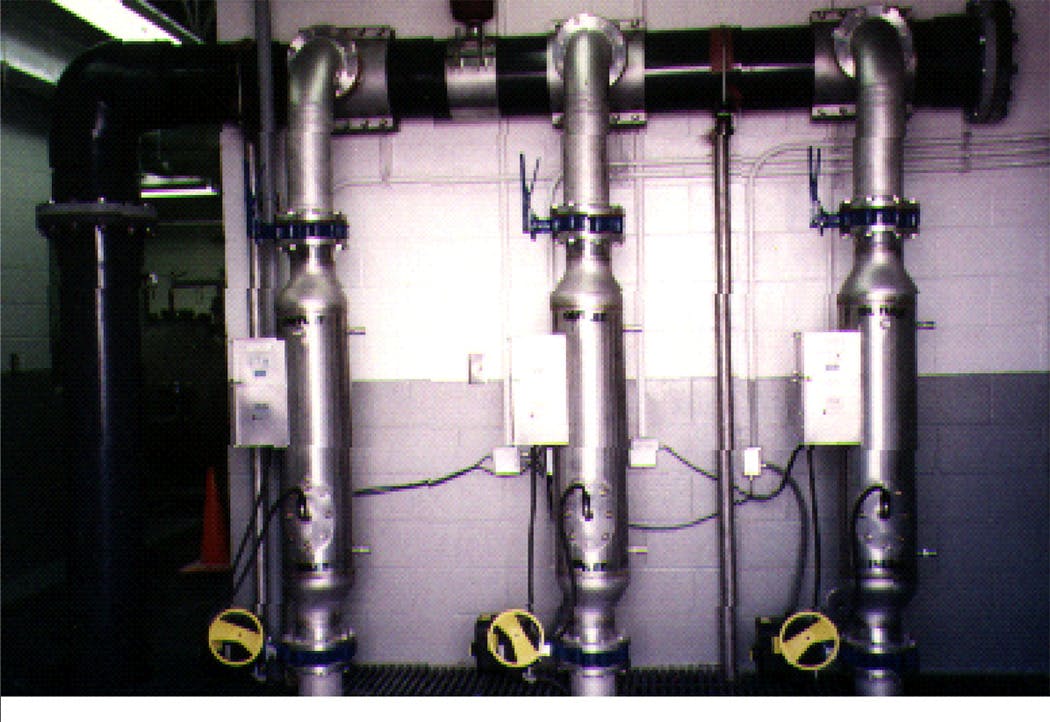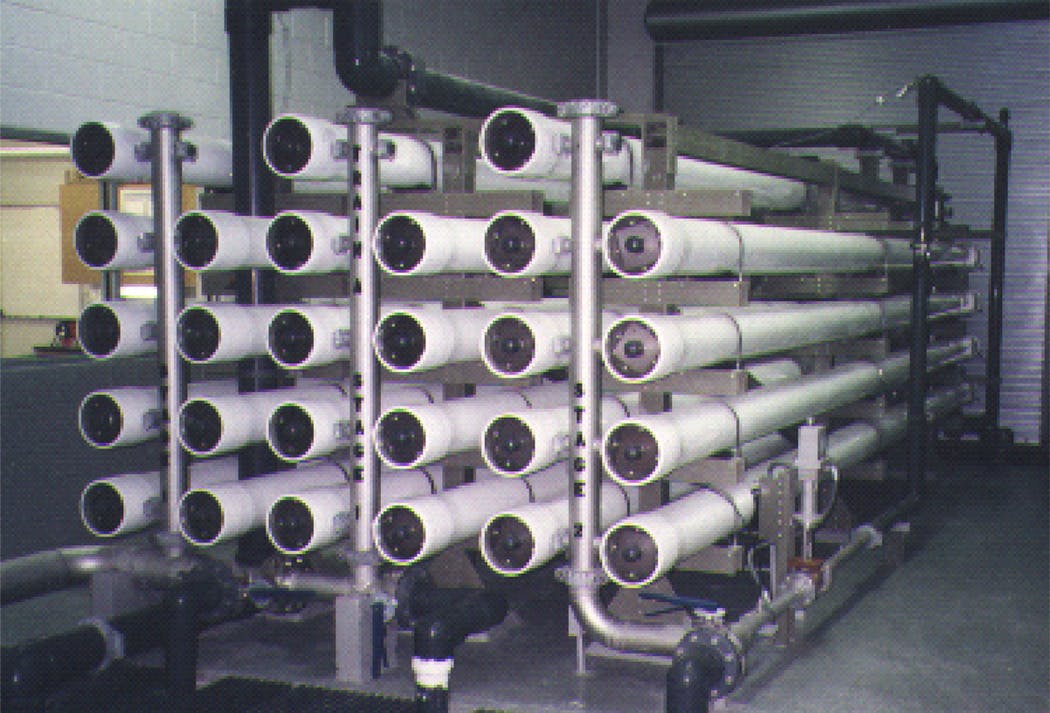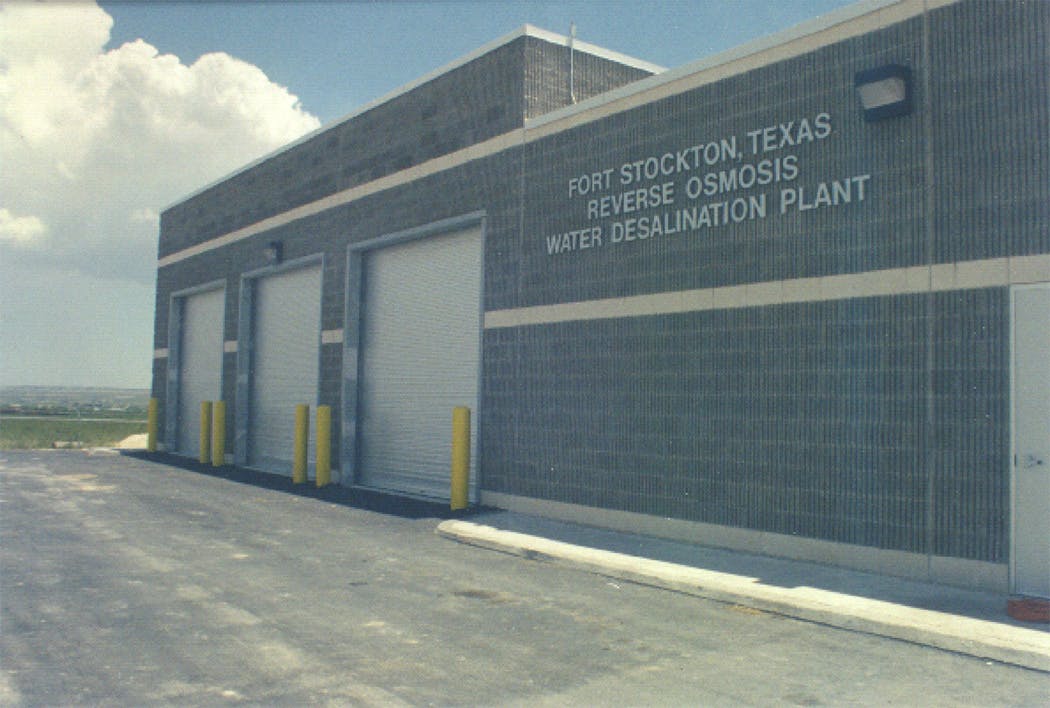Water Wednesday - Reverse Osmosis
Category: Engineering
Written By: Keither Rutherford, PE
Date: June 16, 2021
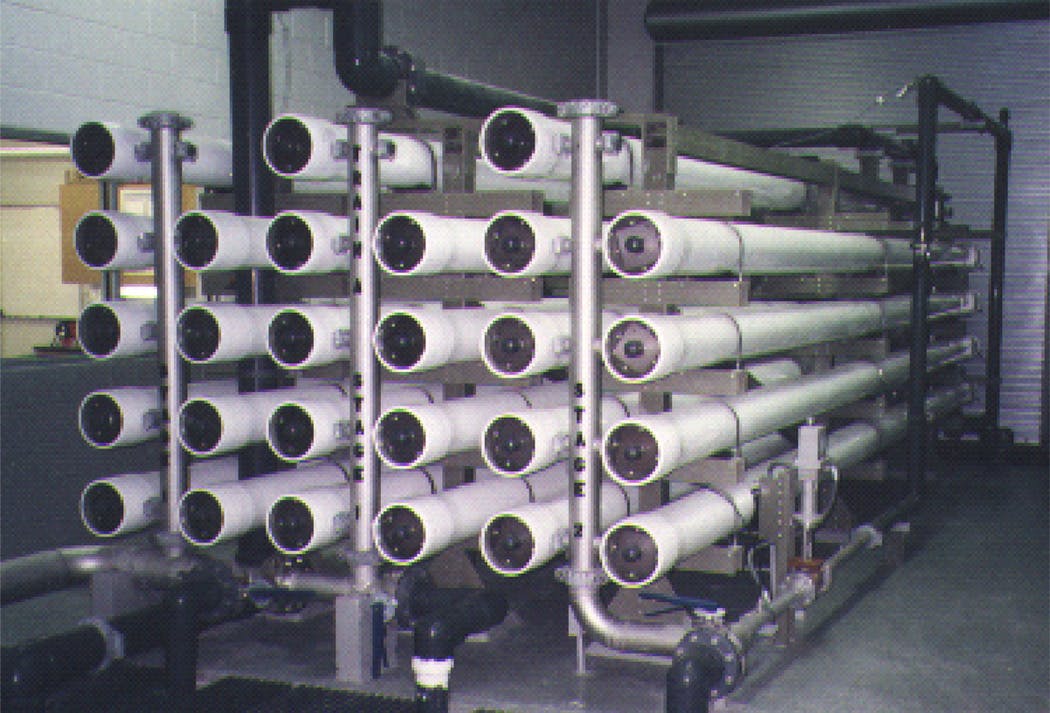
Reverse Osmosis – Process Optimization and Automation
Reverse Osmosis (RO) has been around for a long time. Parkhill designed the first Municipal Desalination Plant in Texas in the mid-1990s in Fort Stockton, Texas. Since then, Parkhill has designed several reverse osmosis projects for communities across Texas including Wheeler Reverse Osmosis Plant completed in 2016.
The purpose of RO treatment is to purify water by removing dissolved solids. Osmotic pressure naturally drives low concentrations to high concentrations as shown in the graphic below. Reversing this process requires high pressures to drive the water through an osmotic membrane in the opposite direction from what it would naturally flow. The water molecules are forced through the membrane and the salt remains on the high-pressure side.
The schematic below shows a conventional two-stage RO system with a single booster pump feeding the whole system. With a single booster pump, the first stage membranes are subjected to a higher driving force than needed so that the pressure entering the second stage is high enough for the membranes to perform. This higher feed pressure means more energy is used in the process.
Adding an interstage booster pump allows the first stage to be operated at the optimum pressure for the membranes without considering the pressure needed for the second stage. The interstage booster then adds enough pressure to the concentrate stream to meet the optimum pressure for the second stage. The interstage booster pump is an additional piece of equipment to maintain but the energy savings and pressure optimization offset the cost of installing and maintaining the pump. The schematic below is an example of where the interstage booster pump would be placed.
As you might imagine, the concentrate stream going to disposal is still at very high pressure. This pressure can be used in an energy recovery unit to help boost the pressure supplied to the main feed pump or even the interstage booster pump.



